
Viking Names
Spilsby
The name of Spilsby, in the Bolingbroke Wapentake of Lincolnshire, comes from the Old Norse male byname Spillir and the Old Norse element by ‘farm, settlement’.
Read More
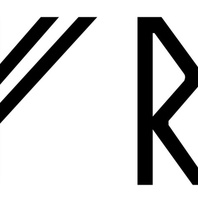
Viking Names
Alfrun
Alfrún was recorded in West Scandinavia (Norway and Iceland) as a mythological name. It is an Old Norse compound formed from the elements Alf- ‘elf’ and –rún ‘confidante’. It has been suggested that when used in a personal name it has the sense of ‘secret, wisdom’, associated with rúnar ‘runes’. There may be one attestation of Alfrún in a medieval church document from Lincolnshire. However, the form may alternatively represent the Old English female personal name, Ælfrūn.
Read More
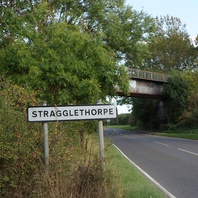
Viking Names
Stragglethorpe
Stragglethorpe, in the Bingham Wapentake of Nottinghamshire, is a hamlet whose name is first recorded in the late eighteenth century. While it does contain the Old Norse element þorp ‘outlying farm, settlement’, it is not clear that the name is as old as the Scandinavian settlement of the region. It has been suggested that it is a name of the late nickname type, referring to an area with a few small straggling farms.
Read More
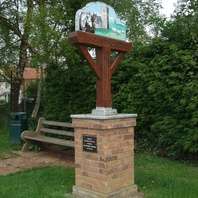
Viking Names
Hogsthorpe
Hogsthorpe, in the South Riding of Lindsey in Lincolnshire, is a hybrid name. The first element of the place-name is either Old English hogg ‘a hog, a pig’ or the Old English male personal name Hogg. The second element is Old Norse þorp ‘a secondary settlement, a dependent outlying farmstead or hamlet’.
Read More

Viking Talks
From Poetry to Reality: The Gold-Trimmed Sword Hilt in the Bedale Hoard
The Bedale Hoard is a late ninth or early tenth-century hoard that was found in 2012. It includes necklaces, arm rings, hacksilver, ingots, and fittings from a sword hilt. The hilt included gold bands, gold rivets and a pommel inlaid with gold foil. Dr Sue Brunning of the British Museum will discuss the gold-trimmed sword hilt, and explain what ownership of such an item might have meant in Viking Age England. Dr Sue Brunning Wednesday 21 February 2018
Read More
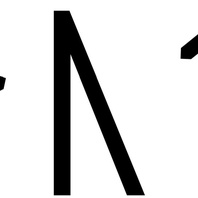
Viking Names
Gaut
Gautr and the related Gauti are short forms of names in Gaut- or -gautr, or an original byname meaning ‘man from Gautland’. This region comprises the provinces now known as Östergötland and Västergötland in southern Sweden, and is the homeland of the Geats in the Old English poem Beowulf. Gautr is recorded in several Swedish and Norwegian runic inscriptions and is also the name of a rune-carver in the Isle of Man. The name appears in two inscriptions there; on the runic cross from Kirk Michael it is (boastfully but erroneously) claimed that ‘Gautr made this and all in Man’.
Read More

Viking Names
Bui
An original byname Búi, from búa ‘to dwell’, was found in Norway and Iceland as a personal name and byname, but is rare there. In the form Bōi, later Bo, it is very common in Denmark and Sweden, where it appears in several runic inscriptions as bui and is found in the Latin forms Boecius and Boetius. It is possibly found in three Normandy place-names and it is potentially the first element in Boothorpe, Leicestershire.
Read More
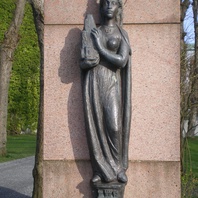
Viking Names
Sunnifa
Sunnifa is a Scandinavianised form of Old English Sunngifu, which was the name of an Irish Christian queen who fled to Norway in the tenth century, according to her legend. She was later venerated as a saint and is the patron saint of Bergen and Western Norway. The name appears in Norway from the eleventh century onwards, but it is rare in Iceland and Denmark. Sunnifa is well-attested in medieval English documents notably in Lincolnshire and Yorkshire, as well as some field-names in West Yorkshire.
Read More

Viking Names
Stenson
Stenson, in the Appletree Hundred of Derbyshire, is an Anglo-Scandinavian compound from the Old Norse male personal name Steinn and Old English tun ‘an enclosure; a farmstead; a village; an estate’. It is a joint parish with Twyford.
Read More
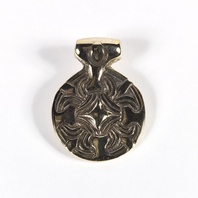
Viking Objects
Reproduction Terslev Pendant
Terslev style, where Scandinavian ring-chain patterns are the main decorative component, is a subcategory of the Borre style and takes its name from the silver hoard discovered in Terslev, Denmark. The decoration comprises a series of ring-knots related to the Borre ring-chain. The Terslev style occurs mainly on brooches and pendants, including both high-quality gold and silver jewellery as well as lower-end base metal items. The cast base-metal ornaments, such as those made of copper alloy, were intended to imitate the higher-end gold and silver jewellery, and often employed techniques such as gilding to achieve this. The Terslev designs that occur in England extend the repertoire by introducing new Scandinavian motifs hitherto unrecorded in Scandinavia. For more information on Scandinavian jewellery in England check out our blog: Brooches, Pendants and Pins: Scandinavian Dress Accessories in England.
Read More
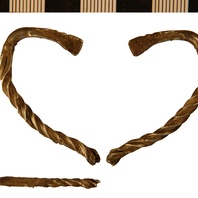
Viking Objects
Silver Arm-Ring (NLM-1B89B2)
This arm-ring fragment is made from strands of wire wound together into a single twisted or cabled strand with a cast zoomorphic terminal. This object was considered together with a group of fragments of ingots and hack-silver of probably contemporary date which were found nearby (NLM-1B0476). However, the mass of this object did not correspond closely to any of the systems of measurement thought to have been used for bullion transactions at that time. The Vikings arriving in England had a bullion economy where they paid for goods with silver that was weighed to an amount agreed between the buyer and the seller. Hacksilver and silver ingots are the most common evidence for their bullion economy. It took some time for the Scandinavian settlers to adopt a monetary economy like that of the Anglo-Saxons, and both systems were used simultaneously for a while before they fully adopted the new system. They were familiar with monetary economies but they treated coins as just another form of silver before adoption of a monetary economy
